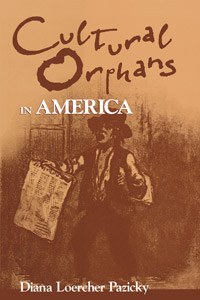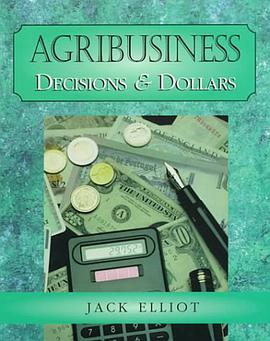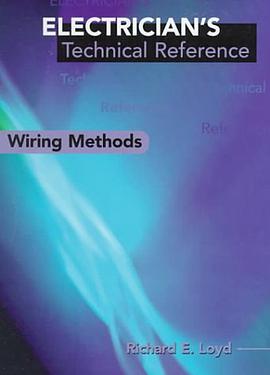

In 1554, Lazarillo de Tormes, a slim, unassuming little volume, unsigned by the author, made its first published appearance in the bookstalls of several important mercantile centers in Spain and the Netherlands. Since then, as narratives of picaros--and picaras--continued to follow in the footsteps of Lazaro's fictional life, picaresque literature developed into a major genre in literary studies that remains popular to this day. Yet the genre's definition is anything but simple, as the diversity of this volume demonstrates. Part 1, "Materials," reviews editions and translations of Lazarillo and other picaresque works, as well as the critical and historical resources related to them. The essays in part 2, "Approaches," explore the picaresque's place in language and literature classrooms of all levels. Some contributors contextualize Lazarillo in the early modern Spanish culture it satirizes, investigating the role of the church and the marginalization of Muslims and Jews. Others pair Lazarillo with Aleman's Guzman de Alfarache or Quevedo's El buscon to concentrate on the genre's literary aspects. A cluster of essays focuses on teaching the picaresque (including the female picaresque) to nonspecialist students in interdisciplinary courses. The volume concludes with a section devoted to the picaresque novel's influence on other literary traditions, from early modern autobiographies, such as Teresa of avila's Libro de la vida, to post-Spanish Civil War texts to twentieth-century Latin American novels and 1950s American beat narratives.
具體描述
讀後感
評分
評分
評分
評分
用戶評價
相關圖書
本站所有內容均為互聯網搜索引擎提供的公開搜索信息,本站不存儲任何數據與內容,任何內容與數據均與本站無關,如有需要請聯繫相關搜索引擎包括但不限於百度,google,bing,sogou 等
© 2025 qciss.net All Rights Reserved. 小哈圖書下載中心 版权所有




















